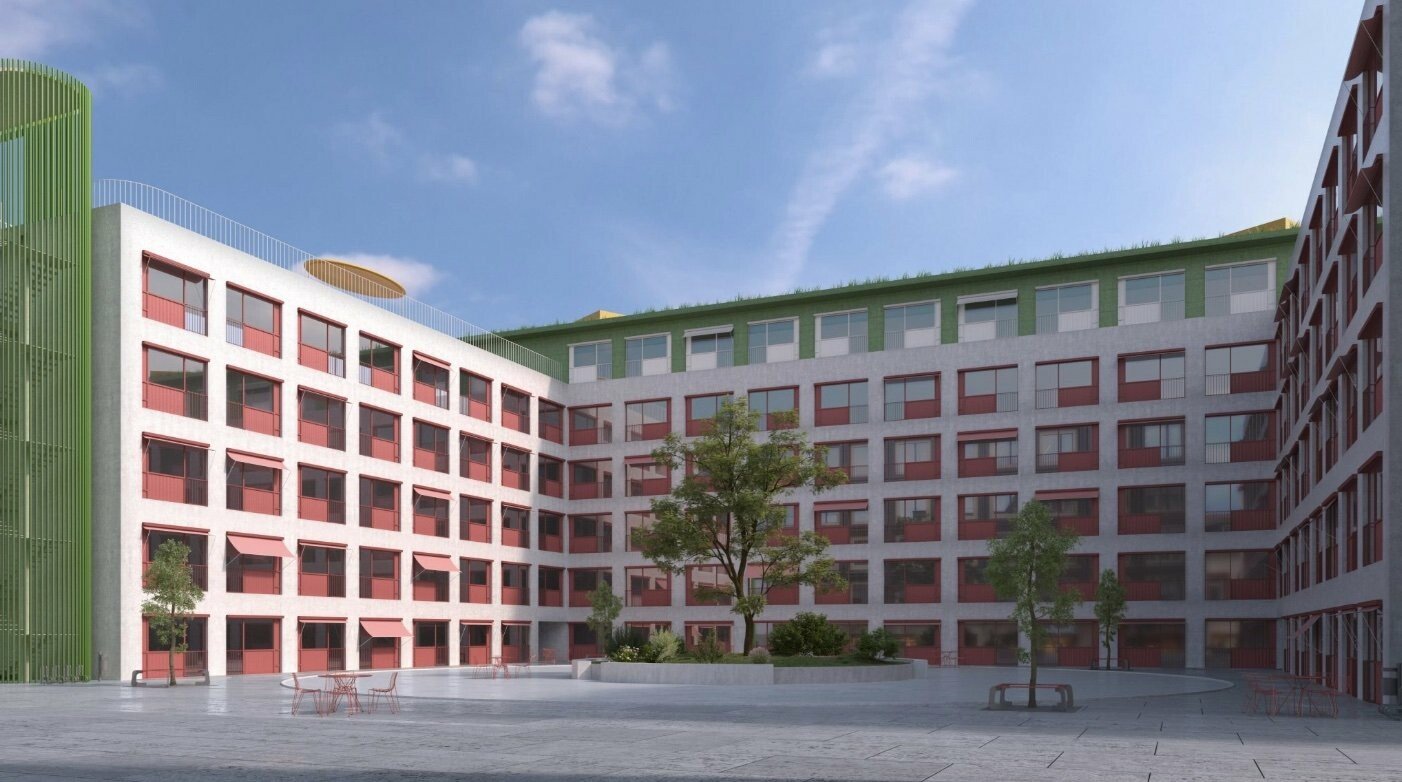Europe’s real estate investment market began 2025 on a stronger footing, led by a notable recovery in the living sector. Total investment across Europe, the Middle East and Africa (EMEA) rose nearly 17% year-on-year to €10.1 billion in the first quarter, according to the report Savills Takes Stock: First Quarter of 2025, published by Savills.
Residential assets — including multifamily, student and senior housing — accounted for the largest share of transaction volumes, with living sector deals comprising 42% of total investment in the EMEA region. The living sector’s share in the UK stood even higher, at around 53%, underlining its dominant position in domestic portfolios.
Germany and the UK were the dominant markets. In Germany, investment more than doubled compared to the first quarter of 2024, supported by a series of larger portfolio deals and a stabilising pricing environment. Berlin’s benchmark prime yield now stands at 3.6%, and Savills notes that “competitive bidding and falling rates” are expected to push it lower.
In the UK, living sector investment fell 7% to £2.3 billion, yet Savills said “new sales are receiving plenty of buyer interest,” supported by strong pipelines and new market entrants. London’s build-to-rent and student housing assets saw particular demand, with Savills highlighting several institutional forward-funding agreements completed during the period.
One of the headline transactions was AustralianSuper’s €420 million acquisition of a 50% stake in Oxford Properties’ European light industrial and logistics portfolio, which spans the UK, France, Germany, Denmark, Spain, and the Netherlands. The portfolio includes 76 assets totalling 730,000 square metres. The joint venture aims to expand into last-mile and mid-box warehousing, demonstrating long-term confidence in core logistics locations.
The UK’s logistics sector saw total investment rise 9% year-on-year to £2.3 billion. Prime yields in London held steady at 5%, with the typical cost of debt at 5.2%. Cash-on-cash returns remain tight at 4.7%, but investor appetite remains healthy. Across mainland Europe, falling interest rates — with prime debt costs now in the 3.5–4% range — are improving acquisition maths, particularly for core stabilised assets.
The multifamily segment continues to attract capital. Prime yields in London and Paris were both reported at 4.25% in the first quarter of 2025. In London, the risk premium remains marginally negative, reflecting the weight of capital and constrained supply. According to Savills, “pricing is improving for the best assets, and not just in the darling sectors.”
Office investment across EMEA fell 14% year-on-year to €8.5 billion, reflecting continued bid-ask mismatches. Yet London stood out as a rare bright spot: Norges Bank acquired a 25% interest in Grosvenor Estate’s office-led portfolio for £306 million, while State Street purchased 100 New Bridge Street for £333 million at a 5% yield. Savills notes that “in one of the largest deals of the quarter,” these moves signal returning conviction in prime assets.
Elsewhere, Germany’s open-ended funds have experienced €7.8 billion in redemptions since August 2023, raising the likelihood of forced sales in the near term. This could enhance market liquidity and price transparency in European office markets as we head into the second half of the year.
Beyond EMEA, Savills highlights selective recovery across global markets. Asia Pacific, Japan and Australia continued to attract institutional capital due to favourable currency dynamics and stable interest rates. In Japan, cross-border investors targeted multifamily and logistics portfolios while stabilising yields and limited supply revived interest in core Australian CBD offices.
In North America, market sentiment remained mixed. While office remains under pressure, investor appetite is gradually returning for logistics and alternatives, especially data centres. Canada’s multifamily sector stood out due to low vacancy rates and inflation-linked rental structures.
Global cross-border investment increased 16% year-on-year to US$30.4 billion in the first quarter of 2025, led by investors from Canada, Singapore, South Korea, Germany, and the US. Major players, such as Singapore’s sovereign wealth fund GIC and Canada’s pension fund PSP Investments, were active in logistics and student housing transactions across Europe and the Asia Pacific.
⠀







